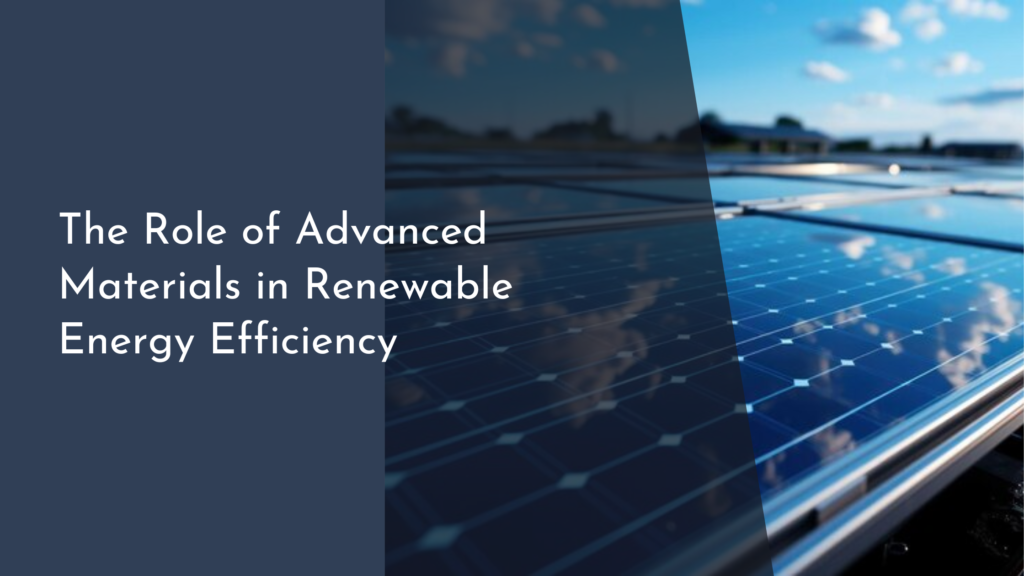Role of Artificial Intelligence in Managing Rainwater Systems
As the world grapples with the challenges of climate change and urbanization, the need for effective water management has never been greater. Rainwater management systems, in particular, are crucial for optimizing water resources, especially in regions prone to droughts or heavy rainfall. The integration of Artificial Intelligence (AI) into these systems offers innovative solutions that not only enhance efficiency but also revolutionize how we approach water management. From predictive analytics to automated monitoring, AI is paving the way for smarter, more sustainable rainwater systems.
The Bright Future of AI in Rainwater Management Systems
Looking ahead, the future of AI in rainwater management systems is remarkably promising. As technology continues to evolve, AI has the potential to provide unprecedented insights into water collection and distribution. By analyzing vast datasets, AI algorithms can identify patterns and anomalies that may not be visible to human operators, allowing for proactive decision-making. This forward-thinking approach not only optimizes existing infrastructures but also encourages the development of new, innovative systems designed to maximize water sustainability.
Moreover, the integration of AI can facilitate collaboration across multiple sectors, including government, environmental organizations, and urban planners. By sharing data and insights derived from AI-driven analyses, these stakeholders can work together to improve rainwater management practices. This collaborative effort can lead to the creation of community-based systems that are not just effective but also tailored to the specific needs of different regions. It’s an exciting time for water management, as AI stands ready to lead the charge toward a more sustainable future.
How AI Enhances Efficiency in Water Collection Strategies
One of the most significant benefits of AI in rainwater management is its ability to enhance the efficiency of water collection strategies. Traditional methods often rely on manual labor and outdated technologies, which can lead to inefficiencies and water loss. By employing AI algorithms, water managers can automate processes such as monitoring rainfall, assessing water quality, and managing storage facilities. This automation not only reduces human error but also optimizes the use of resources, ensuring that water is collected and stored in the most efficient manner possible.
AI can also assist in real-time data analysis, allowing for immediate adjustments to collection strategies based on current conditions. For instance, if a sudden rainstorm is forecasted, AI-driven systems can automatically adjust the operation of stormwater systems, maximizing collection and minimizing overflow risks. This dynamic adaptability is crucial in urban environments, where rapid changes in weather can lead to flooding or water shortages. By leveraging AI, cities can ensure a more reliable and efficient water collection process, leading to better resource management and enhanced public safety.
Smarter Solutions: AI’s Role in Predicting Rainfall Patterns
The ability to predict rainfall patterns accurately is another way in which AI is transforming rainwater management systems. Through advanced machine learning algorithms, AI can analyze historical weather data, satellite images, and real-time climate information to forecast rainfall events with impressive accuracy. These predictions can significantly improve the planning and implementation of rainwater harvesting systems, enabling municipalities and organizations to prepare for upcoming events effectively.
Furthermore, the integration of AI in predictive modeling allows for the simulation of various scenarios, helping stakeholders make informed decisions about infrastructure investments and resource allocation. For instance, by understanding potential rainfall patterns, cities can strategically position rainwater collection systems in areas most likely to benefit from them. This proactive approach not only maximizes efficiency but also enhances the resilience of urban environments against extreme weather conditions. With AI’s predictive capabilities, the future of rainwater management looks brighter than ever.
Transforming Urban Landscapes with Intelligent Water Systems
The influence of AI in rainwater management extends beyond mere efficiency; it has the potential to transform entire urban landscapes. By creating intelligent water systems, cities can enhance their ability to manage rainwater effectively, leading to improved urban resilience and sustainability. AI-driven systems can monitor and analyze water flows, optimizing the distribution of rainwater across urban areas to prevent flooding and ensure equitable access to water resources. This holistic approach contributes to healthier ecosystems and vibrant urban communities.
Moreover, intelligent water systems powered by AI can facilitate the design of greener urban spaces. For example, cities can integrate green infrastructure—such as permeable pavements, green roofs, and bioswales—into their rainwater management strategies. AI can help identify the optimal locations for these structures, ensuring that they are effective in capturing and utilizing rainwater. As a result, urban parks and green spaces can flourish, providing not only aesthetic benefits but also improving air quality and biodiversity. The combination of technology and sustainable design holds incredible promise for the cities of tomorrow.
In conclusion, the role of Artificial Intelligence in managing rainwater systems is a game-changer for urban water management. With its ability to enhance efficiency, predict rainfall patterns, and transform urban landscapes, AI is paving the way for more sustainable and resilient cities. As we embrace these technological advancements, we can look forward to a future where our water resources are managed more intelligently and effectively, ensuring a better quality of life for all. The integration of AI in rainwater management is not just a trend; it’s a vital step towards a sustainable and water-secure world.

